Tinctures are used for many different medicinal purposes. You can find tinctures for congestion, coughs, cold & flu, arthritis and so much more. It really comes down to the herbs and medicinal plants you’re using and what their healing properties consist of. Before I begin the how-to portion of this article, I’d like to share some basic yet useful information with you.
Tinctures 101
A tincture is a concentrated liquid herbal extract. It is made using consumable alcohol and medicinal herbs, roots, flowers, bark or berries. You don’t have to use consumable alcohol if you don’t want to, there are also the options of apple cider vinegar (ACV), white vinegar and/or vegetable glycerin.
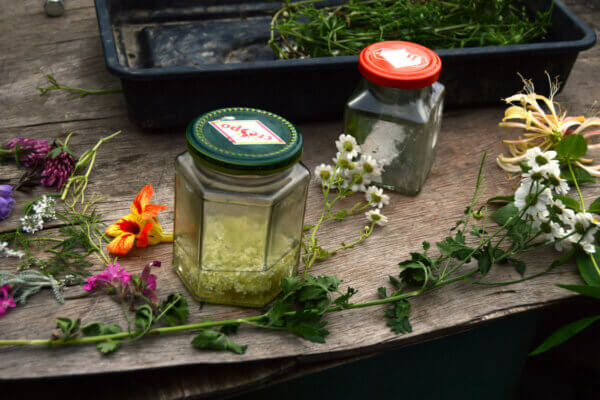
However, if you don’t use consumable alcohol and go with one of the other options, the medicine is no longer called a tincture. It is simply called an extract.
Purpose Of Alcohol In Tinctures
Alcohol serves as a preservative extending the medicine’s shelf life anywhere from months to years! You can use whatever type of alcohol you wish as long as the alcohol content is at least 80 proof or higher.
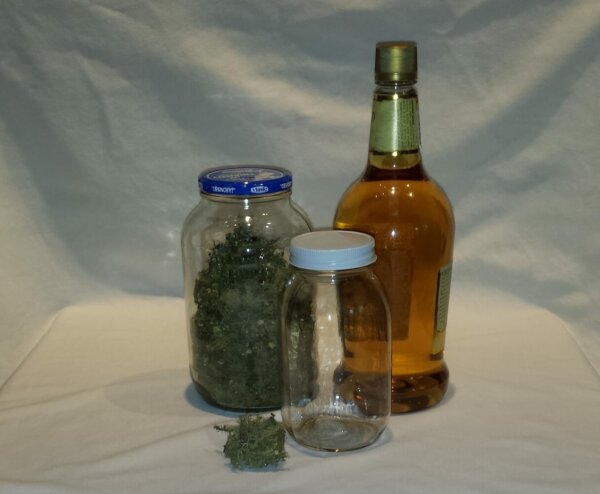
Rum and vodka are the most commonly used when making a tincture. Everclear, which is a grain alcohol, is also used due to the fact that it is 190 proof. Some tinctures are believed to be able to last indefinitely due to the alcohol. Although, there is some controversy about whether the tincture remains potent as time goes on.
Related Post: How To Make A Healing Salve From Backyard “Weeds”
Some say it remains potent while others disagree and believe it loses potency as time goes on. In my own opinion, I believe some will remain potent while others will not depending on the herbs used.
Commonly Used Herbs And Plants
- Lion’s Mane (Hericium erinaceous): Some studies show that lion’s mane contains neurotrophic properties. Neurotrophic is a term that is used to describe properties that are related to the growth of nervous tissue. That is just one of the health benefits. The tincture is commonly used to help relax and calm anxiety and nervousness.
- Echinacea (Echinacea purpurea): Echinacea is an incredible immune booster. It’s the perfect tincture for helping to reduce symptoms related to the flu and fighting off a cough and cold.
- Usnea (Usnea barbata & Usnea hirta): Both of these lichen species make awesome antibiotic tinctures. Usnea not only contains antibiotic properties, but it also produces immunostimulatory, anti-inflammatory and antitumoral properties.
5 Tips On Alcohol & Plant Combinations
Certain alcohols will collaborate differently with each plant type and the parts of the plant used.
- Grain alcohol with 190-proof is used to dissolve resins and gums. It can also be used to extract essential oils and aromatics.
- Vodka with 90-proof is best for making tinctures that use dried herbs. Fresh herbs can be used as long as they aren’t too moist.
- Using a ½ and ½ combo of 80-proof vodka and 190-proof grain alcohol is great for extracting volatile aromatics.
- When using fresh ingredients it is best to chop, grind or crush them because it will help release the medicinal juices and oils. It is best to use herbs, berries and aromatic roots that contain a high moisture content.
- The higher the percentage and proof of alcohol the better it is for drawing out the medicinal properties found in the juices and plant matter.
The Preparation
All makers of medicine do things in their own way. For instance, some of us will keep the leaves and flowers whole in the jars to add a visual beauty and others prefer to crush them.
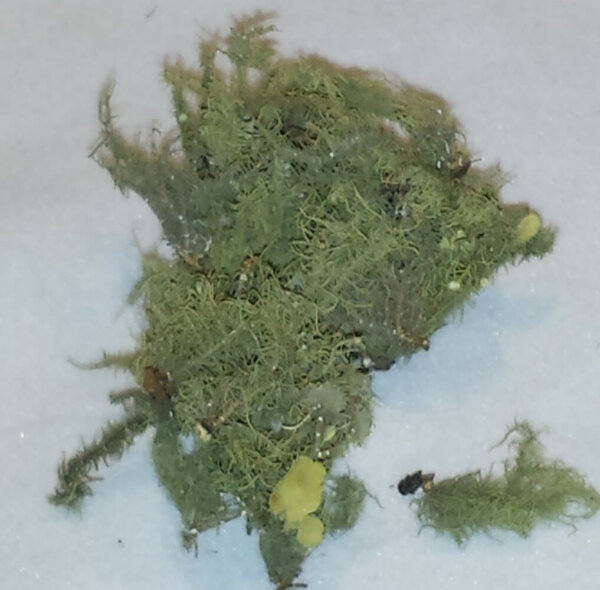
No matter what you prefer, here are some helpful tips to make your own tinctures at home.
Measurements
Tinctures are best prepared using glass jars with lids and stored in dark-colored, glass dropper bottles.
Related Post: Plantain Weed
The amount of plant matter and materials you will use will vary in measurement. Here’s a quick breakdown of the measurements and proportions according to the plant materials you choose to use:
- Dried Flowers & Leaves: Fill jar ½ – ¾ of the way full.
- Fresh Flowers & Leaves: Fill jar ⅔ -¾ of the way full.
- Dried Berries/Bark/Roots: Fill jar ¼ – ⅓ of the way full. Dried berries, barks and roots can expand up to 1 ½ their size when they become reconstituted. This is why so little is used!
- Fresh Berries/Barks/Roots: Fill jar ⅓ – ½ of the way full.
So, no matter the size of the jar you use to make your tincture, these are the basic measurements used according to the plant parts being used.
How To Make Tinctures
Supplies Needed
- Pint or Quart-Sized Jars
- Consumable Alcohol
- Herbs & Plants
- Cheesecloth
- Remember: You can use vegetable glycerin, ACV and white vinegar to make medicine as well.
Directions
- Wash and dry your jars and lids.
- Loosely fill your jar with the plants and herbs according to the measurements above.
- Pour your choice of consumable alcohol so that the jar is almost full.
- Stir.
- Cover with a lid and leave it in a dark cool place for six to eight weeks being sure to shake the contents lightly at least once a day. This helps the medicinal properties escape, and it also helps keep the plants submerged.
- After your six or eight weeks is up, use the cheesecloth to strain and separate the plant matter from the tincture. Discard the plant matter into the compost.
- Pour and store your tincture into a dark-colored dropper bottle.
There are several other processes that can be used to make a tincture. I typically use the one I just explained.
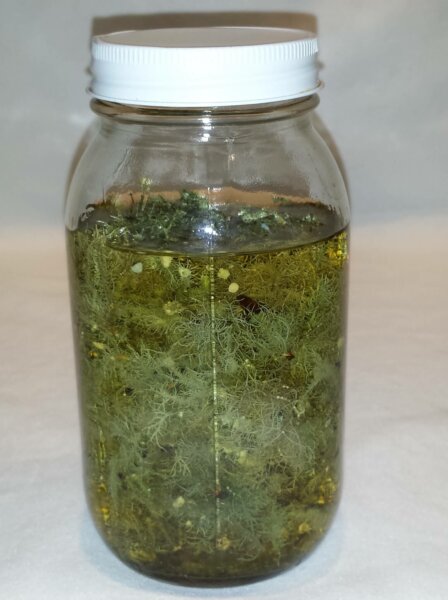
You can also make an herb/plant bundle using a piece of cheesecloth. Simply stuff the cheesecloth with the plant matter of choice, tie it off and allow it to steep in the consumable alcohol for six to eight weeks. This process eliminates any straining and separating when it’s time to bottle it up.
Extra Strength Double Extractions
You can make extra strength medicines by following the first set of instructions. After you strain off the plant matter and herbs you simply add a fresh batch of herbs and allow it to sit for another three weeks.
Labeling
Any time you make medicine it is wise to label your products. Your labels will include simple details similar to the ones you might find on over-the-counter medicines.
Include:
- The plant’s common and Latin name.
- The parts used.
- Fresh or dried.
- The date it was made and bottled.
- The dosages.
- Alcohol type, proof and percentage.
Basic Dosage Info
When you are crafting any form of medicine from plants and nature it is always wise to check the minimum and maximum dosage amounts for the ingredients you intend to use. There is some really amazing material out there pertaining to the dosage of natural medicines.
Making your own homemade medicinal tinctures is pretty easy. Always do your research when it comes to wildcrafting your own medicines. I personally find that knowing the ways of the old medicines, the natural medicines, is a blessing. I hope you’ve enjoyed this informative how-to article on tinctures.


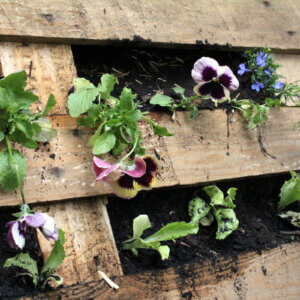
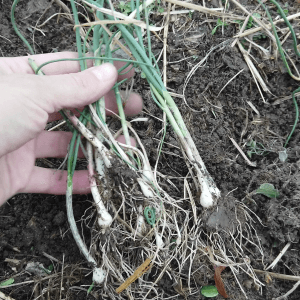

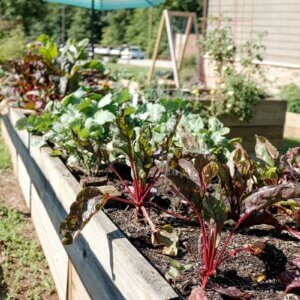
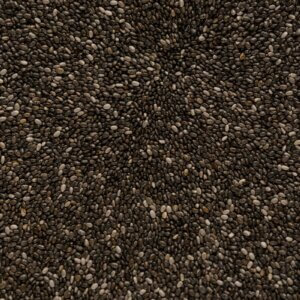
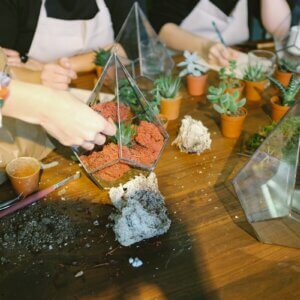


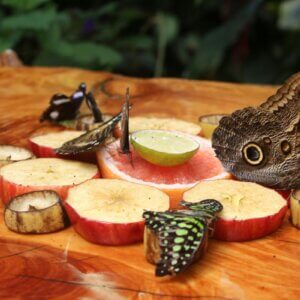
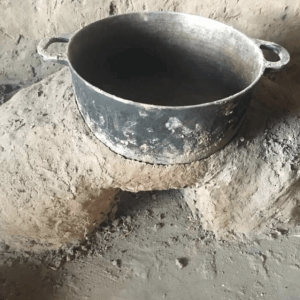

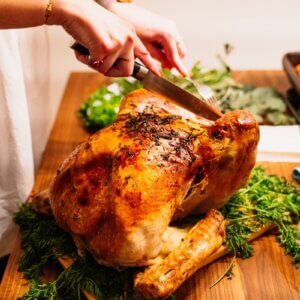

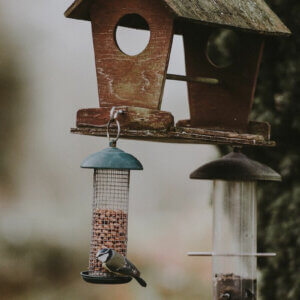
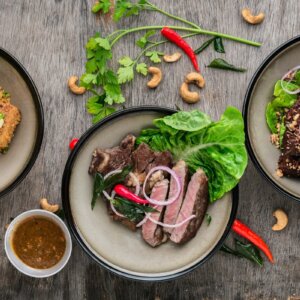

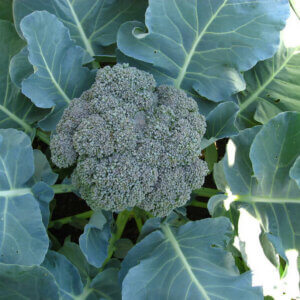



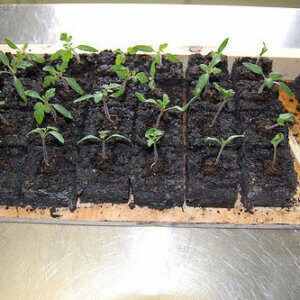

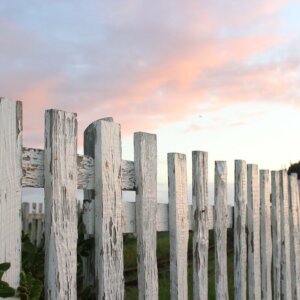

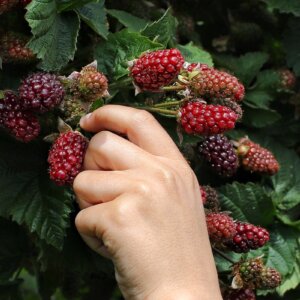



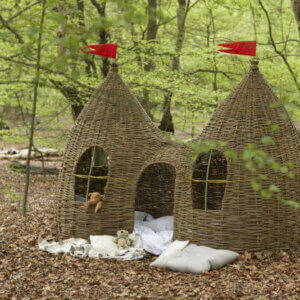


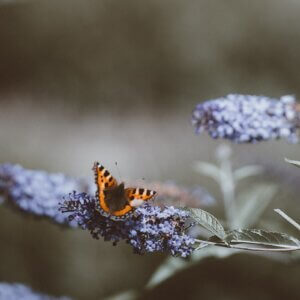
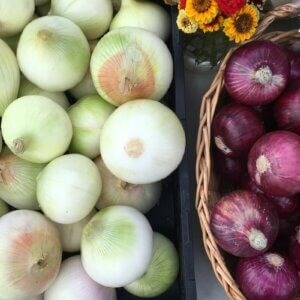
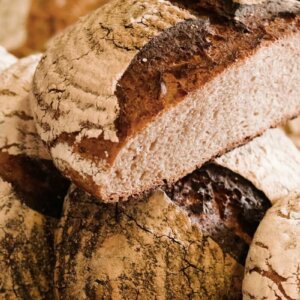
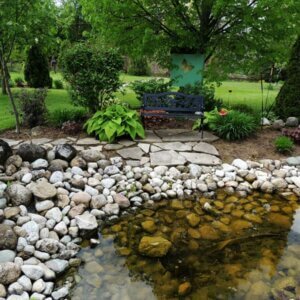
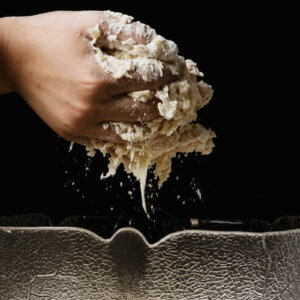

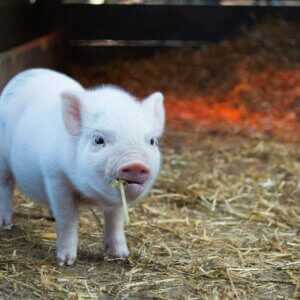

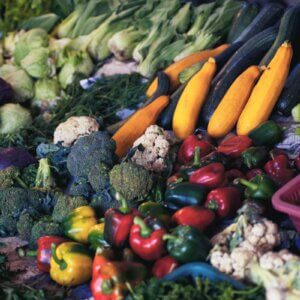
Leave a Reply